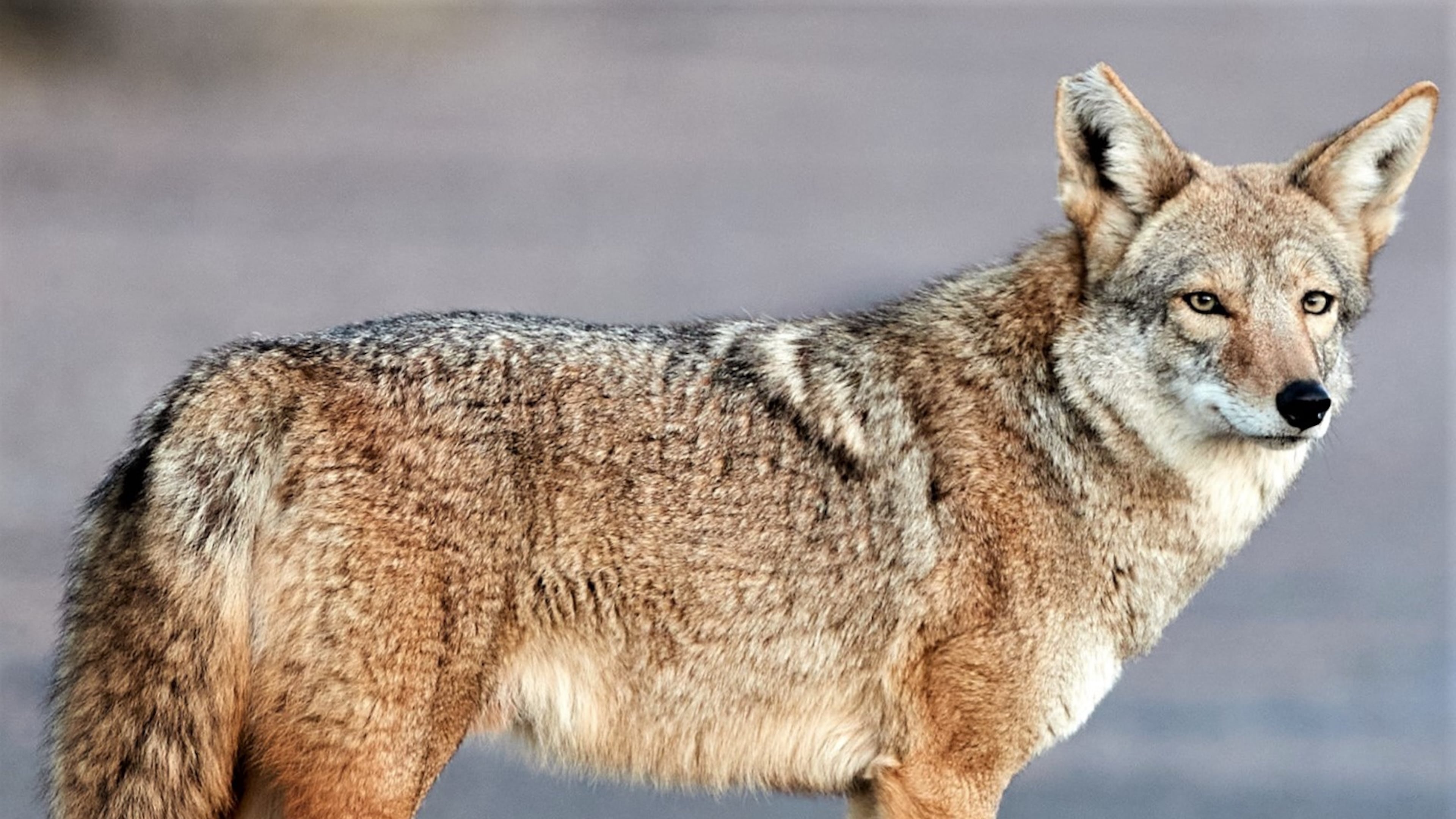Stopping the spread of coyotes may be a lost cause

No matter where you live in Georgia, chances are good that coyotes live near you, although you may not see them. The wily, extremely shy creatures now live in all the state’s 159 counties, including suburban and rural areas.
And they’re there to stay. A new University of Georgia study shows that repeated efforts over the years to curb coyote populations have been futile. Despite control efforts, coyote numbers have rebounded — and sometimes even spiked.
Non-native to Georgia, coyotes first showed up in the state in the 1970s from the West and Midwest and rapidly spread to every county — aided by an abundance of prey, few competitors and a unique ability to reproduce and adapt to a variety of habitats.
Wildlife officials feared that the coyote invasion could wreak environmental havoc in the state. Indeed, coyotes have been blamed for an alarming decline in foxes in Georgia and for snatching pets in some areas.
So, officials have made repeated efforts to try to eliminate coyotes from the state, or at least stymie their spread. Control measures include trapping; year-round, unlimited hunting of the animals; and advising homeowners to secure garbage, pet food, bird food and other items that lure coyotes. None of those endeavors, though, seem to faze coyotes for very long.
“They can bounce back very rapidly,” said Heather Gaya, who helped lead the new study at UGA’s Warnell School of Forestry. ”Therefore, the cost and man-hours that it takes to actively remove coyotes is something that’s just not sustainable.”
For advice on coexisting with coyotes, visit: zooatlanta.org/coexist-with-coyotes/.
IN THE SKY: From David Dundee, retired Tellus Science Museum astronomer: The moon will be full on Monday — the Harvest Moon, which usually occurs in September. This year, however, it occurs in October because it’s the full moon closest to the autumn equinox, which occurred on Sept. 22. Monday’s full moon also will be the first of three “supermoons” this year. Supermoons seem to appear larger and brighter than usual. The year’s other supermoons will appear Nov. 5 and Dec. 6.
Mercury and Mars are low in the west just after sunset. Venus is low in the east just before dawn. Jupiter rises in the east around midnight. Saturn is high in the south just after sunset and will appear near the moon on Sunday night.
Charles Seabrook can be reached at charles.seabrook@yahoo.com.
